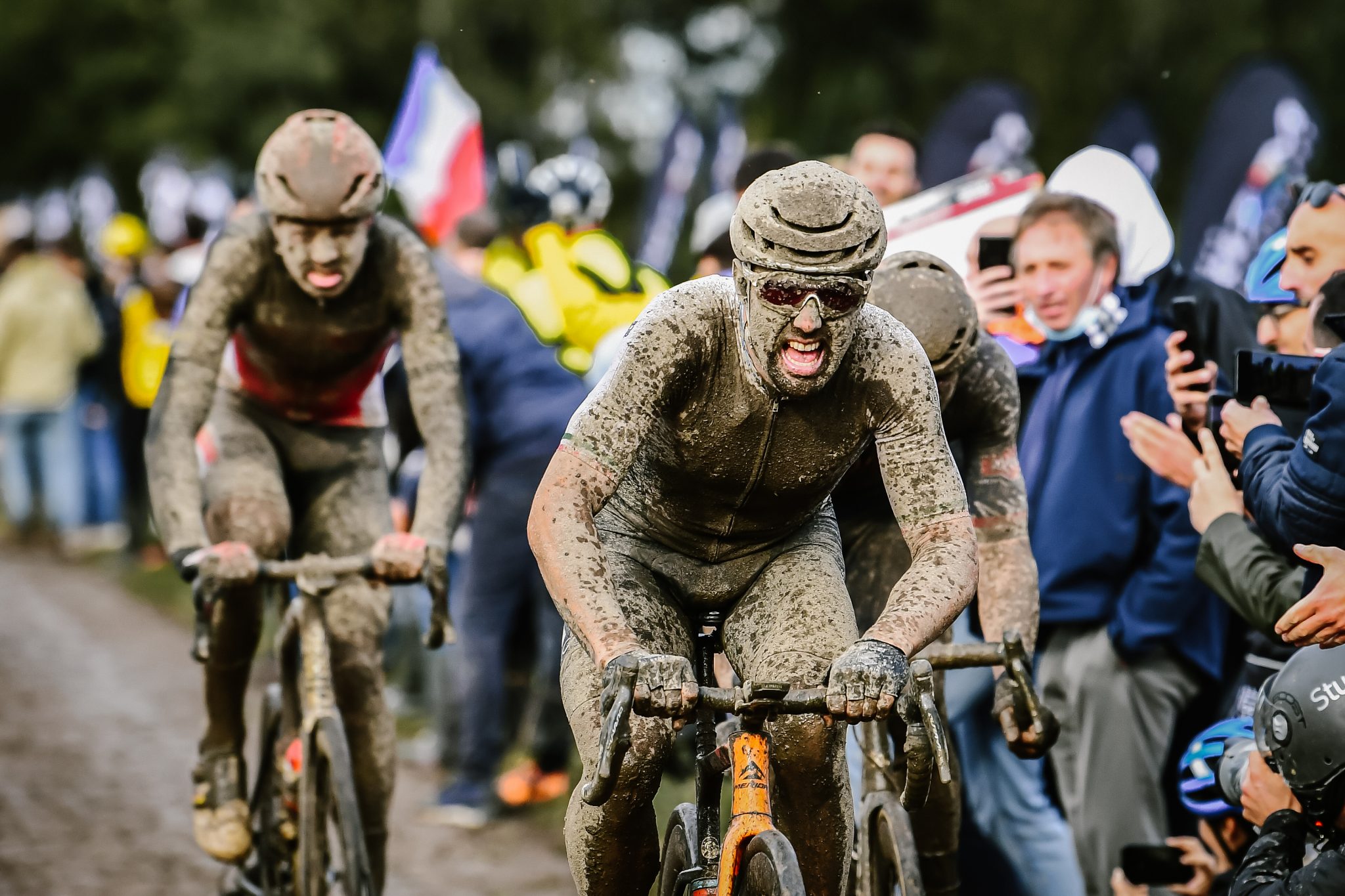The Most Common Pitfalls in Training for Gravel Races

Gravel racing has gained significant popularity in recent years, attracting cyclists looking for new challenges and unique riding experiences. To perform their best in these demanding races, riders must ensure they follow a well-rounded training program. However, there are common pitfalls that many cyclists fall into, hindering their progress and potential for success. In this article, we will explore two prevalent pitfalls: excessive time spent in Zone 3 and inadequate recovery between hard rides.
Zone 3: The Peril of Riding Too Hard, Yet Not Hard Enough:
Zone 3, characterized by moderate intensity, can be a deceptive training zone for gravel racers. Many cyclists find themselves spending an excessive amount of time in this zone, thinking they are pushing themselves enough to make significant fitness improvements. However, riding in Zone 3 can be counterproductive as it falls into a gray area between “too hard to be easy” and “too easy to make notable progress.”
In this training zone, the body does not experience the necessary stress to stimulate adaptations like increased aerobic capacity or improved endurance. Conversely, riders may not allow their bodies enough recovery time when spending prolonged periods in Zone 3. Consequently, they risk burnout, plateauing performance, and even overuse injuries. To avoid this pitfall, it is crucial for gravel racers to diversify their training zones and strike a balance between intensity and recovery.
Insufficient Recovery: The Importance of Rest and Repair:
Gravel racing, with its intense physical demands and variable terrain, places significant stress on the body. Adequate recovery between hard rides is crucial for maximizing gains, preventing injuries, and avoiding burnout. Unfortunately, many cyclists underestimate the importance of recovery and fail to allow their bodies sufficient time to rest and repair.
By neglecting recovery, riders impede their ability to adapt to training stress and inhibit the growth and repair of muscles, tendons, and ligaments. Over time, this can lead to decreased performance, increased fatigue, and heightened risk of overuse injuries.
To avoid this pitfall, gravel racers should incorporate planned rest days and active recovery sessions into their training schedules. Rest days allow the body to replenish energy stores, repair damaged tissues, and adapt to the physiological stress of training. Active recovery sessions, involving light exercises or low-intensity rides, promote blood flow, aid in waste removal, and enhance the overall recovery process.
Conclusion:
Training for gravel races requires a strategic and well-rounded approach. It is essential for cyclists to be aware of the common pitfalls that can hinder their progress and potential for success. Riding too much in Zone 3, where intensity falls into a gray area, can impede fitness improvements. Additionally, insufficient recovery between hard rides can lead to burnout, plateaued performance, and increased risk of injuries.
To optimize training, gravel racers should vary their intensity levels across different training zones, ensuring they spend sufficient time in higher-intensity zones for physiological adaptations while incorporating adequate recovery periods. By avoiding these pitfalls and embracing a holistic approach to training, gravel racers can enhance their performance, reduce the risk of injuries, and maximize their potential on challenging gravel race courses.
